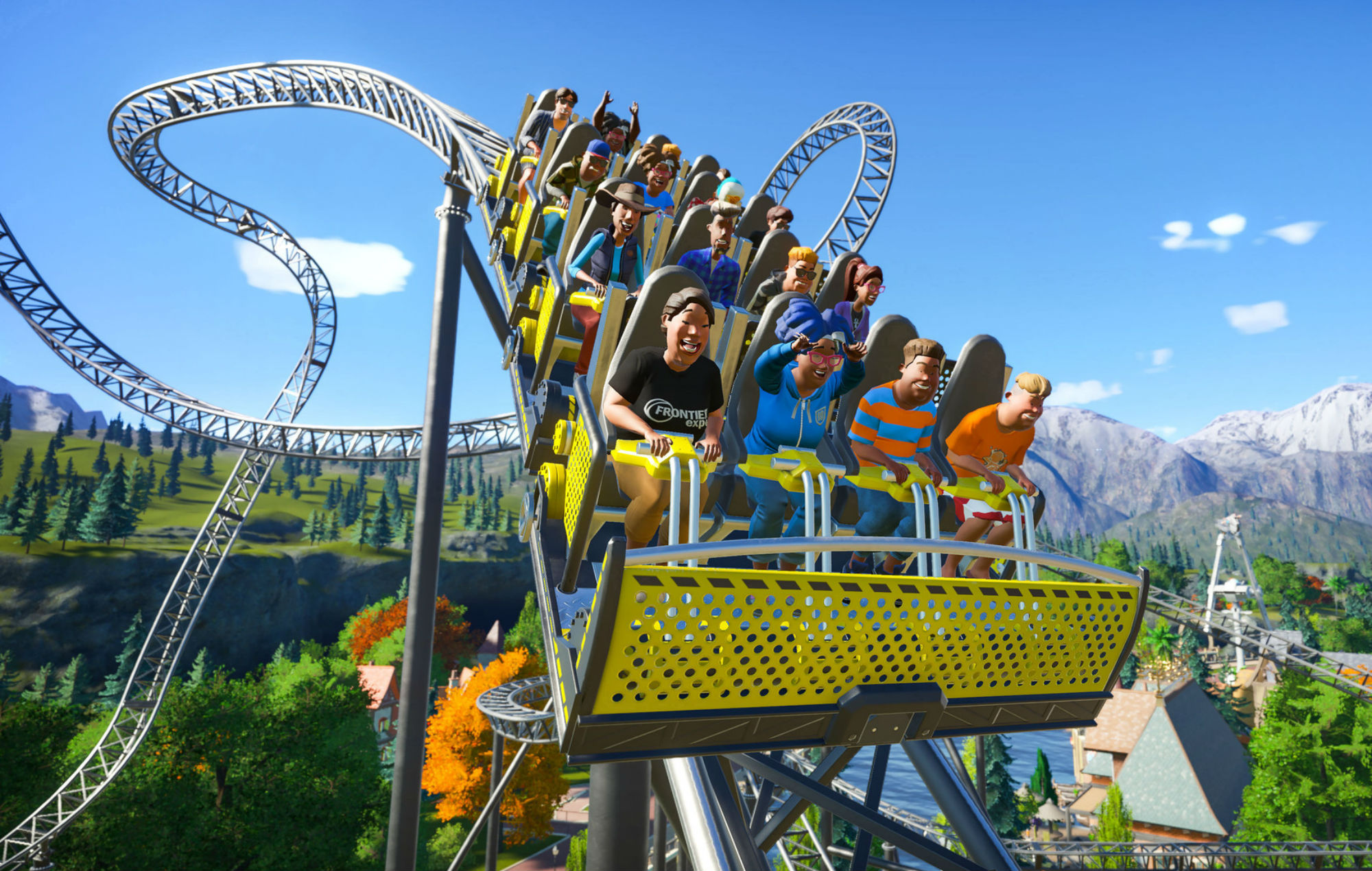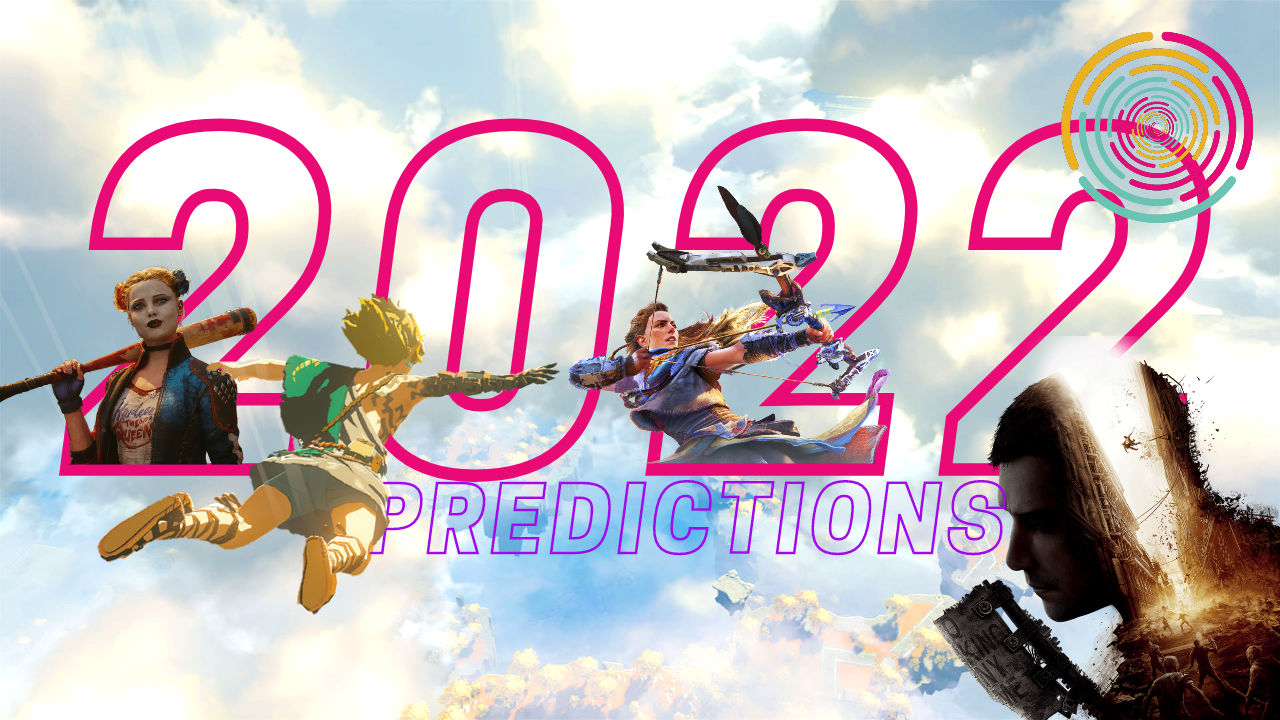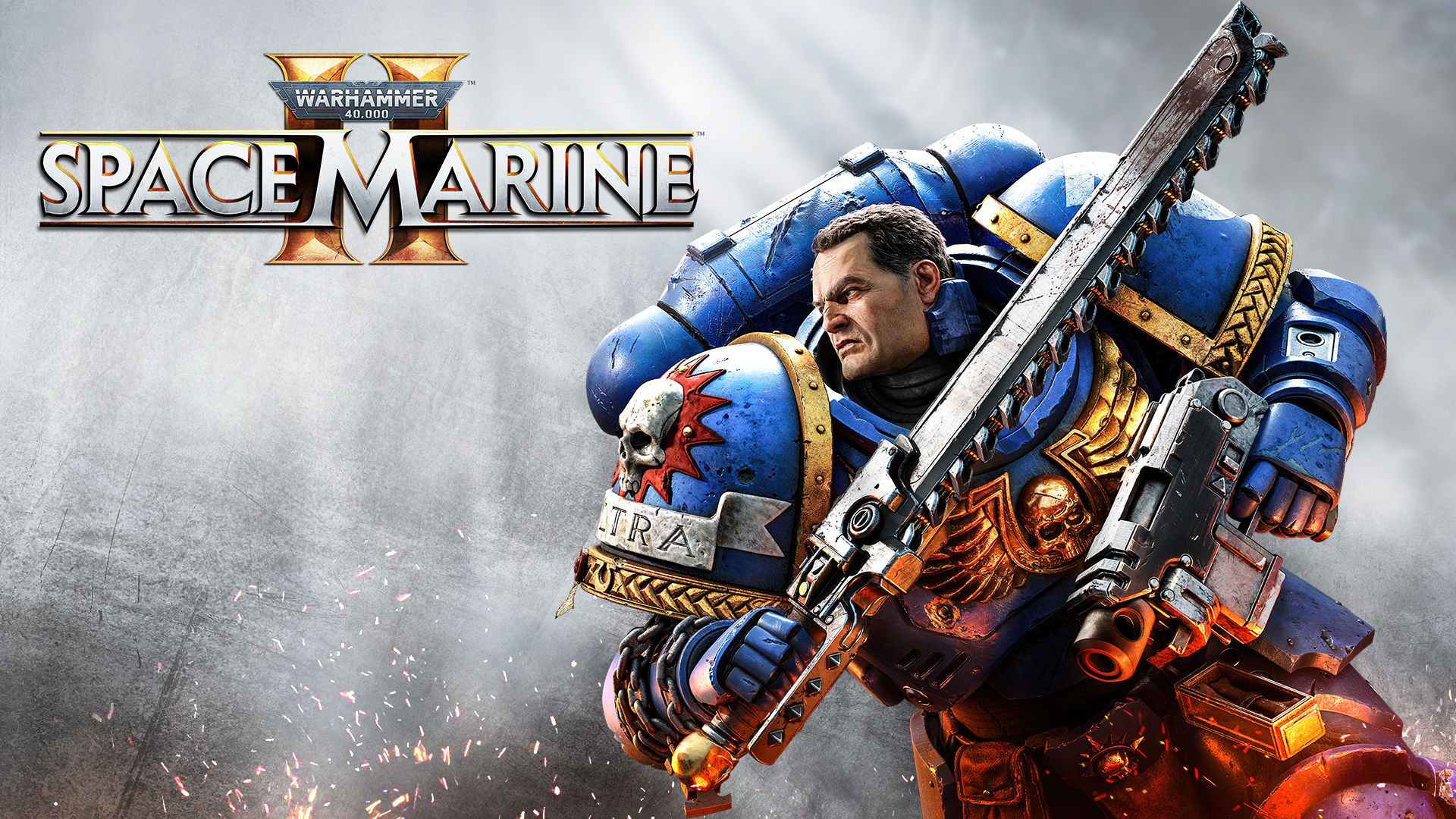Purple Haze – The Corruption Spreading Through Video Games Design
Probably a needlessly provocative title that, and I’m sorry to anyone who clicked thinking we had some juicy gossip on some high-level CEO gaming scandal. Only scandals we’ve had recently have been the Xbox Series X logo, and what Microsoft mean by ‘gameplay’. I digress.
With all the talk of a forgotten Prince of Persia this week, I took a quick look back at the last game we got in the franchise; the 2008 Prince of Persia reboot early in the PS3 cycle. You remember, that cell-shaded one that looked pretty, but didn’t have a lot going on under the hood. Putting aside the fact that twelve years without another Prince of Persia game is a scandal all of its own, I noticed something about the game that I had been noticing in many video games in the last decade; It’s use of corruption as a gameplay mechanic.

Now I’m not talking about politicians or monarchs in games getting all bent out of shape by the effects of too much power and not enough rules. Absolute power corrupts absolutely, and it does, but we aren’t talking about narrative and characters today.
No, what I’m talking about is that spreading morass of purple poisonous gunk; the malice that literally spreads across Hyrule in Breath of the Wild, the growths on the trees in Spirit of the North, the poisonous encroachment taking over Ori’s beautiful forest and the patches of red that corrupt the machines in Horizon Zero Dawn. I mean that cloying purple muck that we as gamers are often tasked with clearing up, or purging from the natural world. It gets everywhere, even between your toes.

And Prince of Persia on PS3 was full of it. Each time you came across a new section you needed to purge the cursed land, and rejuvenate the world. The grey cursed world would then bloom around you, revealing as it did, all the collectible light orbs, handholds and routes for you to use to continue onwards. And POP came out in 2008, that’s only two years after the game that started it all. Okami.
This all began with Okami, that wonderful Zelda-clone where you played as a wolf who was also the Japanese god of the sun, Amaterasu. You used your calligraphy brush to draw circles over the cursed land, bringing barren trees to life, flooding grey land with wildflowers is every direction, and generally bringing green and verdant life back to a dead world cursed by your nemesis Orochi. It worked incredibly well, had a real satisfying feel to it. I loved the game at the time, but it has since shown its incredible influence, and remains one of the PS2’s crowning achievements.

And that method of introducing corruption as a physical presence and of it being purged and bringing life to a barren world has spread across the games industry and informed and inspired others to use similar mechanics in their own games. Prince of Persia followed in 2008 using a blatant rip-off of the wonderful empowering device, and it wasn’t the only one.
In Horizon Zero Dawn corruption affects certain areas warping the land and producing a red glowing landscape. More importantly it corrupts otherwise docile machines, giving them more health and increasing aggression and damage output. From a narrative perspective the corruption is coming from HADES, the nefarious machine AI that you face in the game, hijacking other machines for their own purposes.

In both Ori and the Blind Forest, and then the Will of the Wisps, Ori’s forest is poisoned in places by the encroaching evil, made flesh almost in vivid purple water, and dark areas that will eat away at your health. It’s up to you to once again find the last vestiges of the forest spirits and reawaken the barren trees, restoring the world to its former glory and bringing back life.

Link’s world of Hyrule is often beset by an encroaching evil, and in Breath of the Wild this is Malice. It lives and grows all over the central Hyrule Castle, its purple goop corrupts the four divine beasts before you purge it from their gears, and serves as the main physical representation of the villain throughout the game. Like all these games, corruption has taken hold and its up to you to defeat it.
You may be noticing a pattern. I sure am. There are plenty of other examples that you can probably think of, but I want to look at the meaning behind this corruption and why it works so well, and speaks to us. The games I have mentioned are very high scoring and beloved titles, Breath of the Wild and Horizon being many people’s favourites from entire systems.

When an idea appears in media a lot, it’s often a sign of the zeitgeist. That’s German for the spirit of the age, the sign of the intellectual, moral, and cultural climate of an era. The things that we use to identify the times. It’s often very visible in the things that we are afraid of being represented in media. For example, in the 50s and 60s, people were scared of the nuclear bomb, hence Godzilla and a number of other disaster films focusing on allegories or metaphors for the destruction of an atomic weapon. In the 80s society’s fears surrounded the AIDS epidemic and films responded, such as The Fly, and Aliens3. Zombies are often deconstructed as responding to our fears of terrorism, as they represent the evil can come from anyone – people you once knew and trusted are suddenly other.
What I want to argue is that there has been a miniature zeitgeist fear metaphor happening in the games industry and you didn’t even know it. That corruption spread in the games we’ve been talking about? It’s a metaphor for something. Can you guess what it is?

Don’t worry, I’ll tell you. It’s climate change, it’s pollution. Society over the last decade or so, has low key started to take the slow death of the planet seriously. The death of the natural world, the extinction of animals and plants, the destruction of the rainforests. In the last year or two, what with Greta Thunberg, mass protesting, David Attenborough, and a lot of books sold about it in 2019, it’s really started to pick up some momentum.
The purple spreading corruption is a representation of climate change on the natural world. It’s hard to show in the timeframe of a game the 1% rises in climate destroying our world, causing wildfires, or the slow building of microplastics in the oceans. It’s not an instant plot device. But the poison in the pools killing off the forest in Ori? That’s visceral, physical, visible. The Malice spreading over the world of Hyrule?
That represents us. The human race. We are the drivers behind the rise in climate temperatures. We are the consumers and the industry killing our own natural world. When it happens, we will be the reason behind the death of the ecosystems, the extinction of wildlife and rainforests and habitats, and eventually the ability for our planet to sustain life.
The corruption is an allegory for climate change made real, tangible, visible, and even personified in some cases.

What’s fantastic about video games though, is that all these games give you the power to fight back, to stop the encroaching corruption and turn the tide. You can physically fight it, you can germinate the trees, restore the natural world and bring life everywhere. And this is also an allegory.
We humans have the power to reverse what is happening to our planet. Probably not with a master sword, or a paint brush, but through our own actions. I won’t rehash them all here, you know what I mean and this isn’t meant to be a call to arms. Just a deeper look at some video games. I feel encouraged that there are a lot of ecologically-minded games developers out there, who are tech-savvy programmers; there are a lot of gamers in the tech and design sectors, engineers who can design solutions to this crisis. These people are playing these games, being touched by these metaphors and stories and going out and making a difference to the fight against climate change. We don’t have to get to the point of a dead post-apocalyptic world that needs to be reborn. We can stop it from happening.

With the rise of Greta and the public consciousness around climate change, there are likely to be a whole heap more games that tackle these kinds of subjects, even if it’s in a way you don’t immediately associate with the big issues. Games can be just as political as movies, news and protest songs. Games developers are not just making games that are fun, they have messages too. The next time a game’s world is filled with purple corrupt filth, you’ll know what they are getting at, and it might just add another layer to your fight against the encroaching evil. You’ll know you’re not the only one on this planet fighting against that corruption, I mean climate change.
We are all fighting it together.
Make sure to follow Finger Guns on our social channels – Twitter, Facebook, Twitch, Spotify or Apple Podcasts – to keep up to date on our news, reviews and features.
If you enjoyed this article or any more of our content, please consider supporting our Patreon.



